You may have flown a flight simulator in a computer game or at a science museum. Landing without crashing is always the hardest part. But that’s nothing compared to the challenge that engineers are facing to develop a flight simulation of the very large vehicles necessary for humans to explore the surface of Mars. The Red Planet poses innumerable challenges to astronauts, not the least of which is getting there. That’s where the Department of Energy Office of Science’s user facility supercomputers come in. Researchers at DOE’s Oak Ridge Leadership Computing Facility (OLCF) are working with NASA engineers and scientists to simulate the process of slowing down a huge spacecraft as it moves towards Mars’ surface.
Tag: Supercomputers
Evolution wired human brains to act like supercomputers
Scientists have confirmed that human brains are naturally wired to perform advanced calculations, much like a high-powered computer, to make sense of the world through a process known as Bayesian inference.
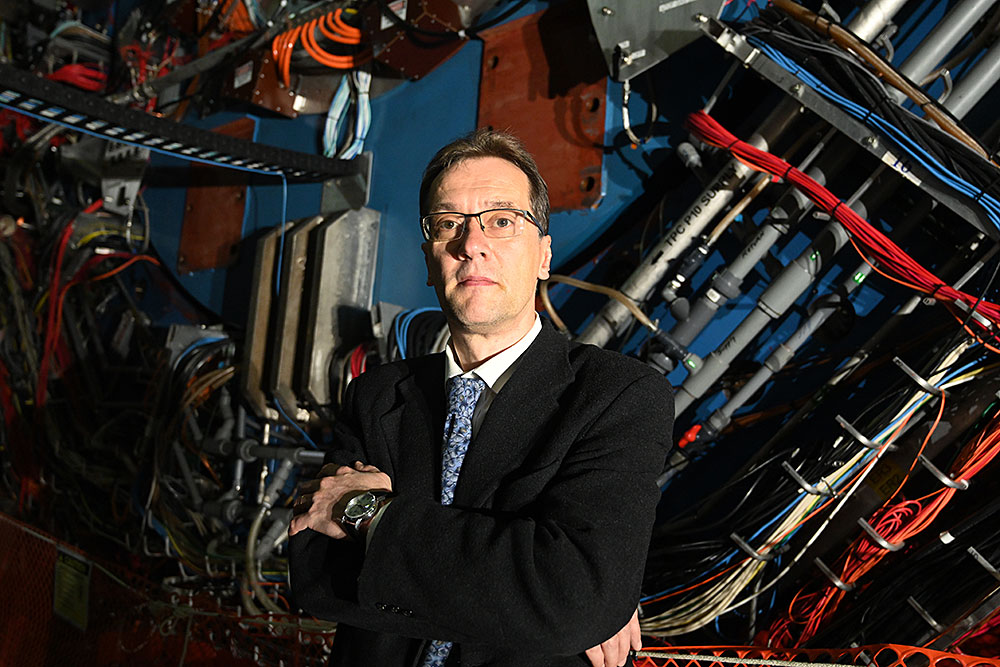
Calculation Shows Why Heavy Quarks Get Caught up in the Flow
Theorists have calculated how quickly a melted soup of quarks and gluons—the building blocks of protons and neutrons—transfers its momentum to heavy quarks. The calculation will help explain experimental results showing heavy quarks getting caught up in the flow of matter generated in heavy ion collisions.
Sieger selected to lead ORNL’s next supercomputer, OLCF-6
The Oak Ridge Leadership Computing Facility’s Matt Sieger has been named the project director for the OLCF-6 effort. This next OLCF undertaking will plan and build a world-class successor to the OLCF’s still-new exascale system, Frontier.
Hank Childs: Then and Now / 2012 Early Career Award Winner
Supported by his Early Career Research Award at the University of Oregon, computer science professor Hank Childs created new approaches to store, load, and visualize large data sets generated by high-performance computers.
Department of Energy Awards 18 Million Node-Hours of Computing Time to Support Cutting-Edge Research
Today, the U.S. Department of Energy (DOE) announced that 18 million node-hours have been awarded to 45 scientific projects under the Advanced Scientific Computing Research (ASCR) Leadership Computing Challenge (ALCC) program. The projects, with applications ranging from advanced energy systems to climate change to cancer research, will use DOE supercomputers to uncover unique insights about scientific problems that would otherwise be impossible to solve using experimental approaches.
UAlbany Engineering Building to Anchor New Artificial Intelligence Supercomputing Initiative
The University at Albany today began a new era of teaching and research with the launch of Albany AI, a $200 million public-private supercomputing initiative based out of its soon-to-be-renovated College of Engineering and Applied Sciences building.
NSF awards to impact air quality in Great Lakes region and beyond
A Wayne State University researcher recently received confirmation for funding of two grants from the National Science Foundation that will help protect the air we breathe and other aspects of our environment.
Will the Next Generation of Exascale Supercomputers Be Able To Work With Complex Petascale Data?
George Slota, a computer scientist at Rensselaer Polytechnic Institute, has been granted a prestigious National Science Foundation Faculty Early Career Development (CAREER) award to develop approaches to matching exascale computers with petascale datasets.
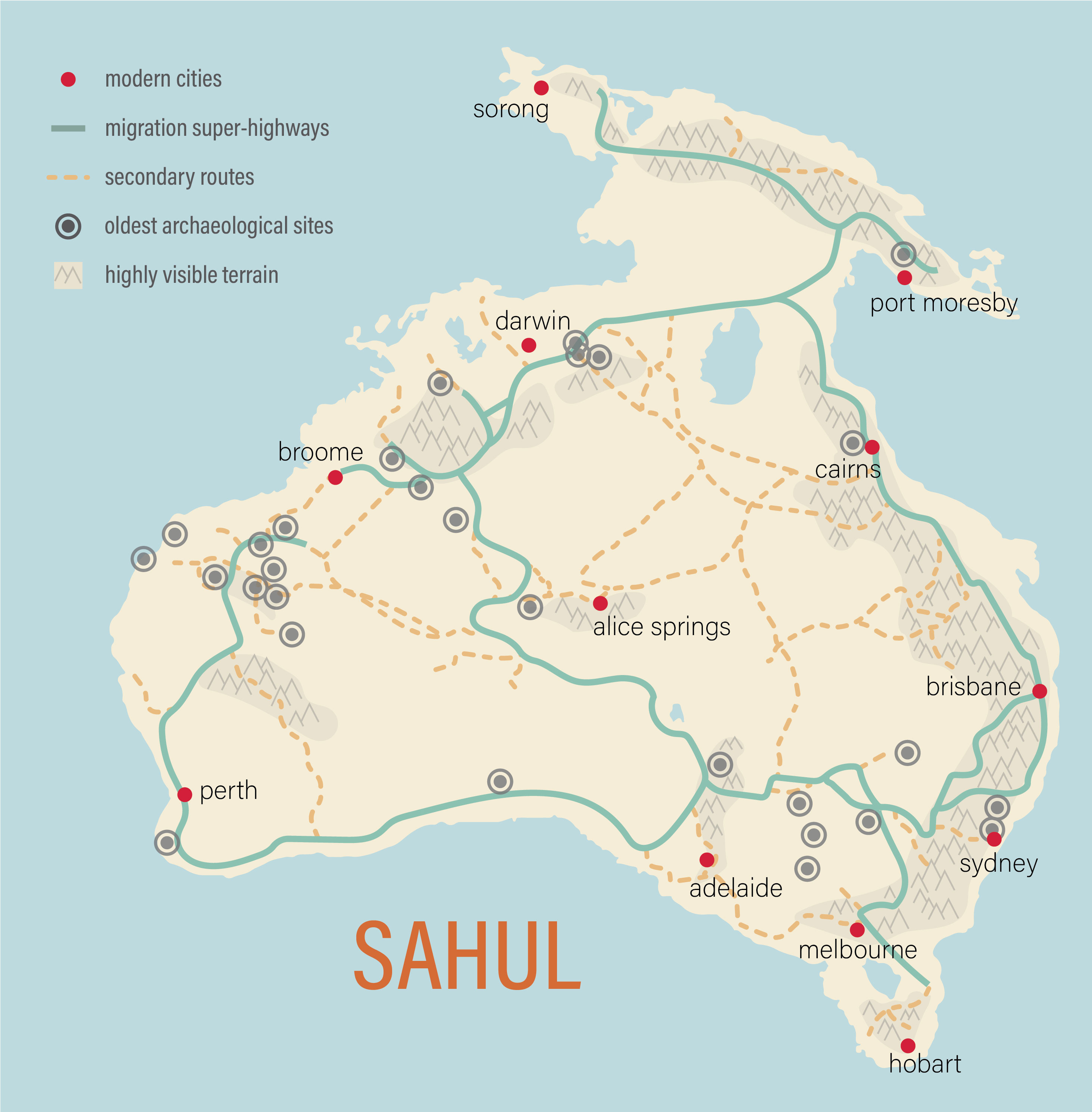
Prehistoric humans first traversed Australia by ‘superhighways’
An international team of scientists using a Sandia National Laboratories supercomputer in the largest reconstruction ever attempted of prehistoric travel has mapped the probable “superhighways” that led to the first peopling of Australia.
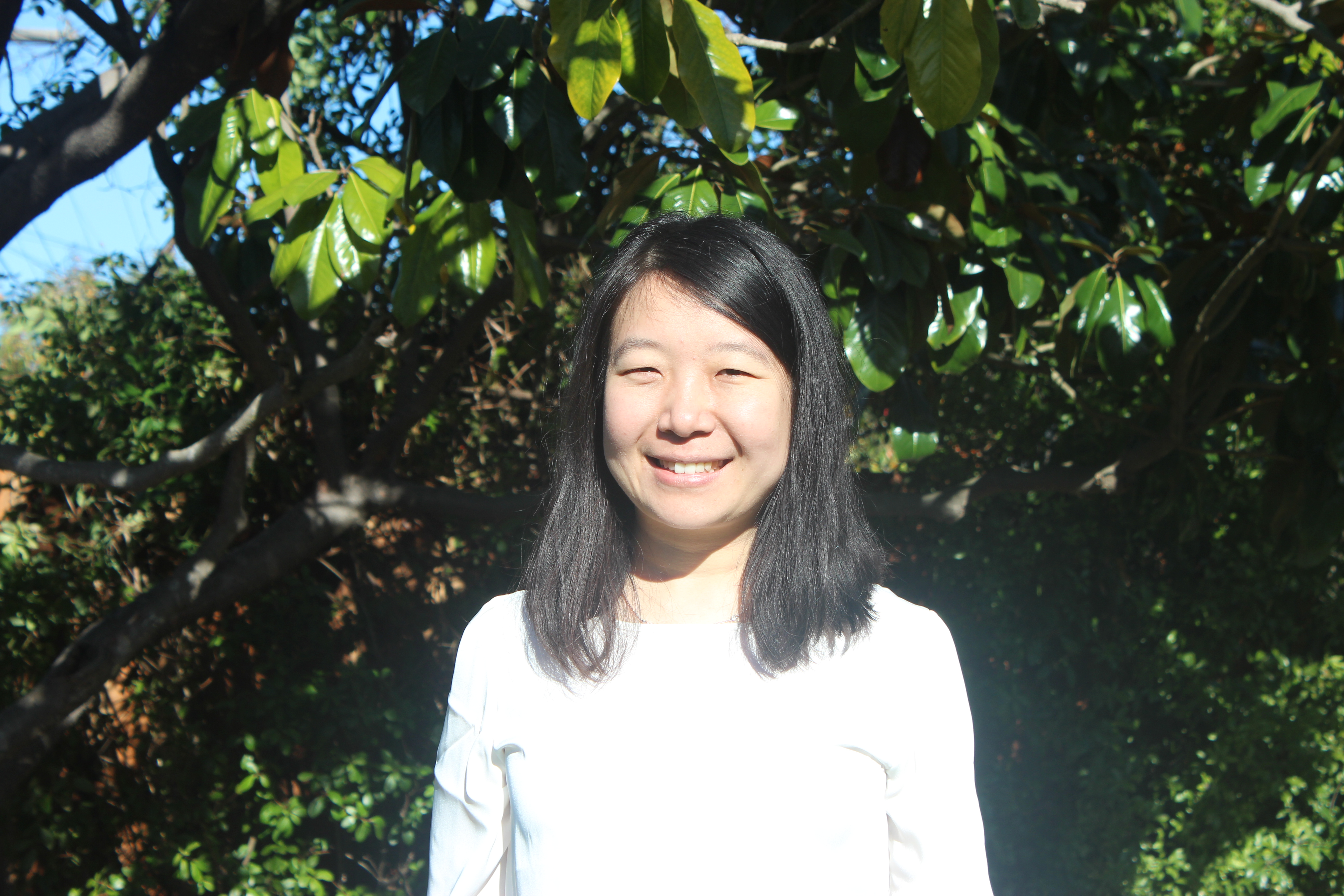
Designing Materials from First Principles with Yuan Ping
The UC Santa Cruz professor uses computing resources at Brookhaven Lab’s Center for Functional Nanomaterials to run calculations for quantum information science, spintronics, and energy research.
LLNL welcomes “Ruby” supercomputer for national nuclear security mission & COVID-19 research
Lawrence Livermore National Laboratory (LLNL), along with partners Intel, Supermicro and Cornelis Networks, have deployed “Ruby,” a high performance computing (HPC) cluster that will perform functions for the National Nuclear Security Administration (NNSA) and support the Laboratory’s COVID-19 research.

Safeguarding the Nation’s Supercomputers
PNNL researchers and university collaborators have developed a system to ferret out questionable use of high-performance computing (HPC) systems.

Using supercomputers to combat Ebola
As the world grapples with COVID-19, the Ebola virus is again raging. A research team at University of Delaware is using supercomputers to simulate the inner workings of Ebola (as well as COVID-19), looking at how molecules move, atom by atom, to carry out their functions. Now, they have revealed structural features of the Ebola virus’s protein shell to provide therapeutic targets to destabilize the virus and knock it out with an antiviral treatment.
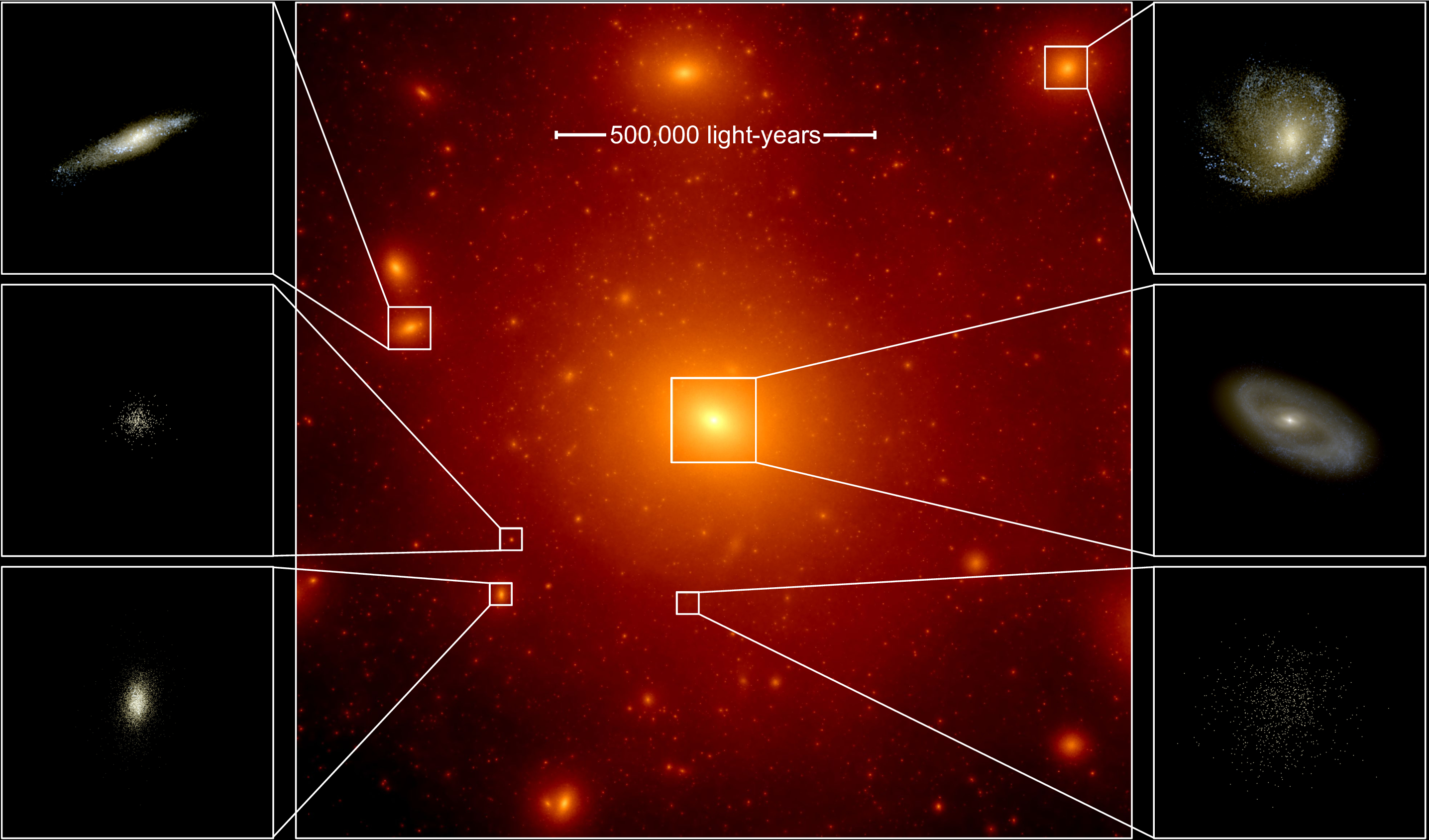
Galaxy Simulations Could Help Reveal Origins of Milky Way
Rutgers astronomers have produced the most advanced galaxy simulations of their kind, which could help reveal the origins of the Milky Way and dozens of small neighboring dwarf galaxies. Their research also could aid the decades-old search for dark matter, which fills an estimated 27 percent of the universe. And the computer simulations of “ultra-faint” dwarf galaxies could help shed light on how the first stars formed in the universe.

Highest ever resolution earthquake simulations on Sierra supercomputer
A Lawrence Livermore National Laboratory (LLNL) team has published new supercomputer simulations of a magnitude 7.0 earthquake on the Hayward Fault. This work represents the highest ever resolution ground motion simulations from such an event on this scale.
Department of Energy to Provide $60 Million for Science Computing Teams
The U.S. Department of Energy (DOE) announced a plan to provide $60 million to establish multidisciplinary teams to develop new tools and techniques to harness supercomputers for scientific discovery.
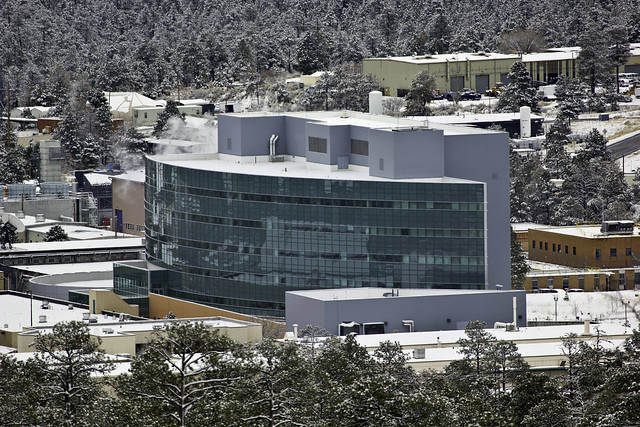
Fifteen organizations join Los Alamos’ Efficient Mission Centric Computing Consortium in first year
Just over a year after Los Alamos National Laboratory launched the Efficient Mission Centric Computing Consortium (EMC3), 15 companies, universities and federal organizations are now working together to explore new ways to make extreme-scale computers more efficient.
Mount Sinai Announces Expanded Capability in Medical Research
New “big omics” supercomputer will speed up solutions; insights will lead to advances in a wide range of complex diseases